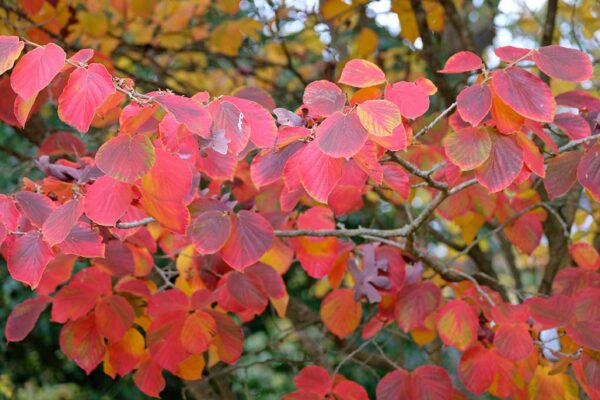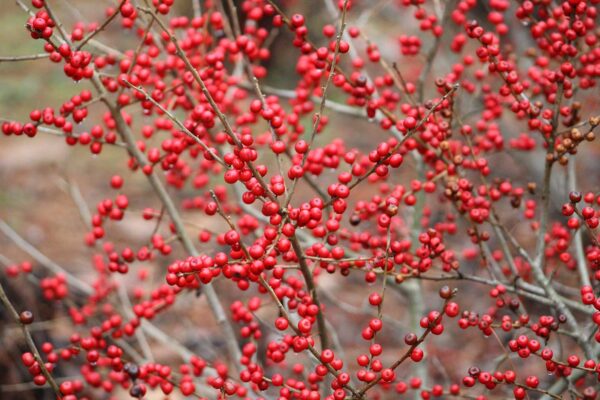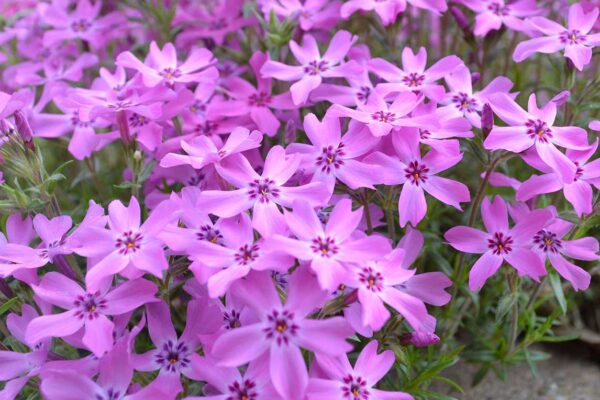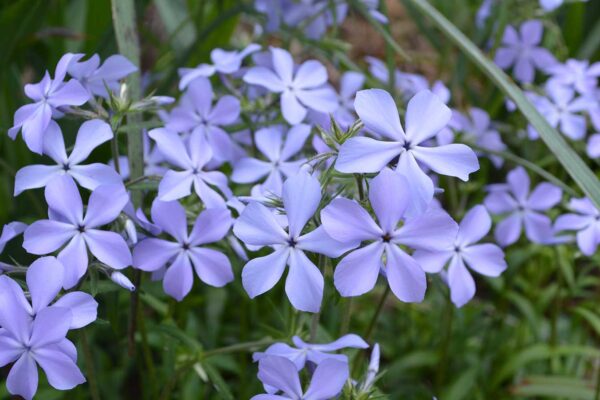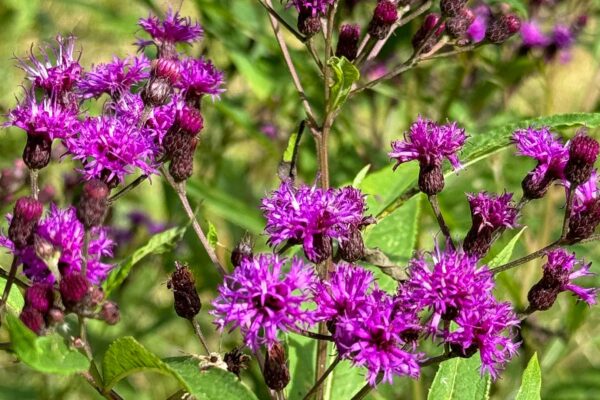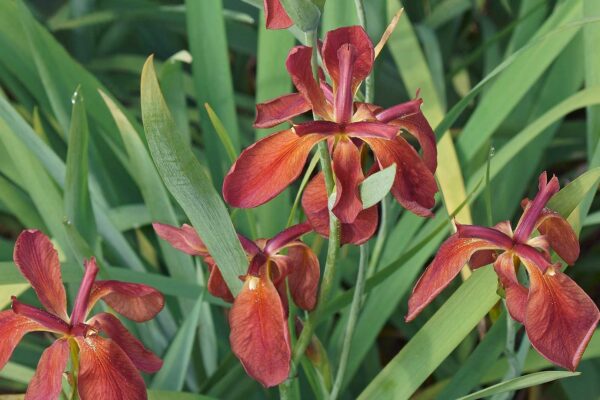Common witch hazel (Hamamelis virginiana) is a unique, late-blooming shrub known for its striking, spidery yellow flowers that appear from late fall into early winter, as well as its amazing fall color. Beyond its aesthetic appeal, it offers significant benefits to local wildlife and a rich history as an herbal remedy and dowsing tool. About …
Continue Reading about Discover the Charm of Witch Hazel (Hamamelis virginiana)

